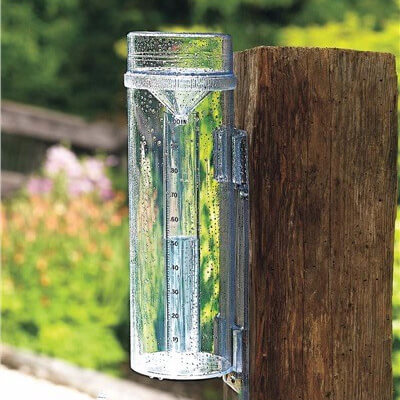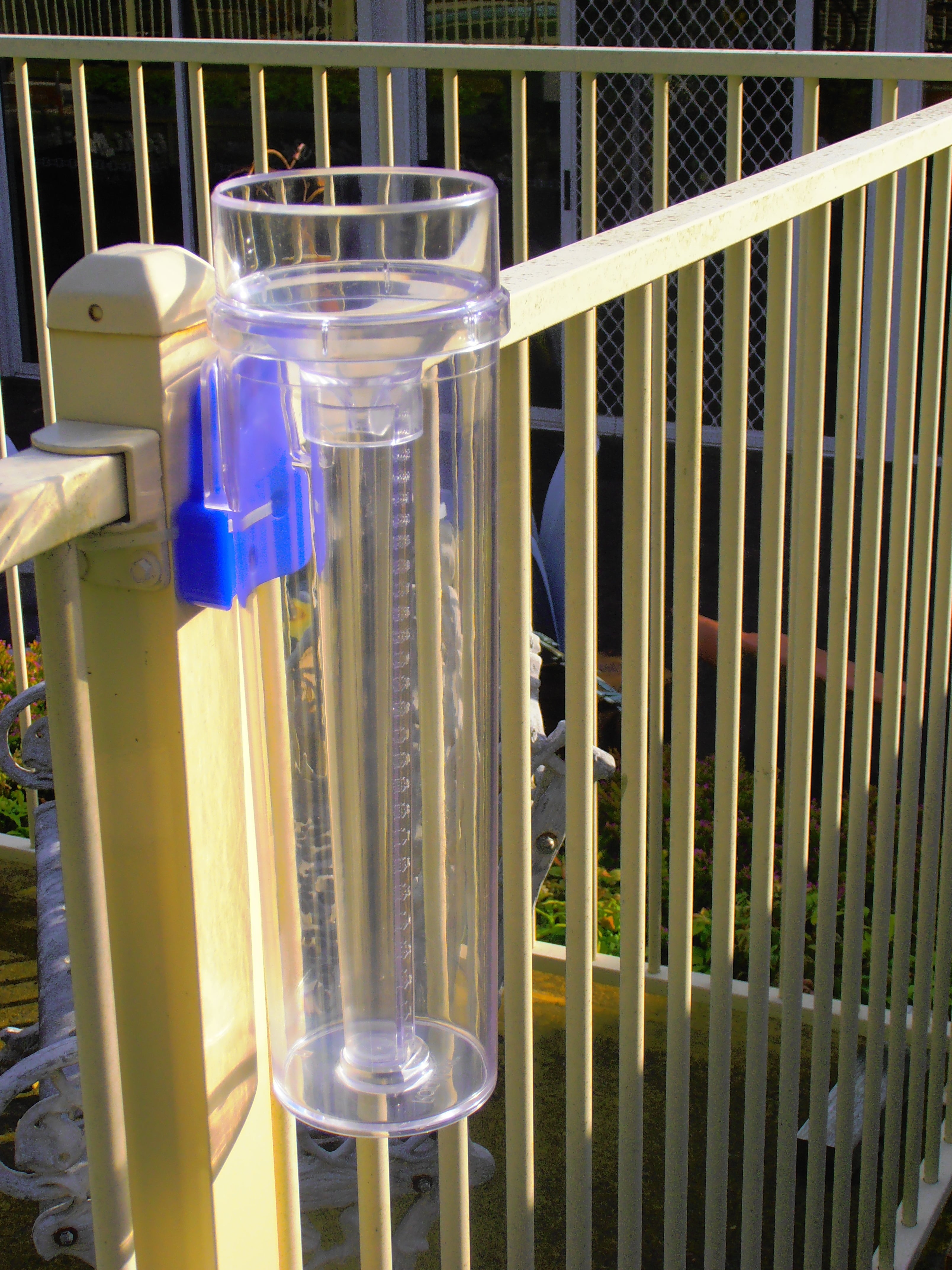How to Choose the Right Rain Gauge for Reliable Rainfall Monitoring
How to Choose the Right Rain Gauge for Reliable Rainfall Monitoring
Blog Article
Unveiling the Science Behind Rainfall Assesses: Just How These Gadgets Play a Critical Function in Environment Research and Ecological Monitoring
Rainfall determines, seemingly straightforward devices, hold a profound significance in the realm of environment research study and ecological tracking. These plain instruments silently accumulate one of nature's most necessary components-- rainfall. Yet, behind their unpretentious exterior lies an intricate science that is important for recognizing the characteristics of our setting. As we peel off back the layers of this clinical veil surrounding rainfall gauges, we reveal a globe where accuracy, information precision, and thorough observation converge to introduce a deeper understanding of our transforming environment and its effect on the world.
Significance of Rain Scales
Rain gauges play a vital duty in monitoring and measuring rainfall degrees, supplying essential data for environment research study and evaluation. These gadgets are essential in measuring the quantity of rainfall that takes place in a particular area over a specific period. By determining and gathering rain, rainfall determines offer beneficial understandings into the distribution and strength of rainfall, assisting meteorologists, hydrologists, and climatologists in recognizing weather patterns and fads.
Among the vital reasons rain assesses are crucial is their capability to give precise and localized data. Unlike satellite or radar-based dimensions, which supply broader observations, rainfall determines offer exact information certain to the location where they are placed. This localized information is important for various applications, including flooding projecting, dry spell tracking, and water resource administration. In addition, long-term data accumulated from rainfall assesses helps in analyzing environment adjustment influences and patterns, contributing substantially to scientific research study and decision-making procedures. In significance, rain determines function as crucial devices in the area of meteorology and environmental scientific research, playing a vital role beforehand our understanding of climate and environment dynamics.
Kinds Of Rainfall Scales

Capability and Procedure
In the realm of climate research study and atmospheric researches, the effectiveness of rainfall evaluates lies in their detailed capability and precise functional devices. Rainfall evaluates are made to precisely measure the amount of rainfall that falls over a specific area throughout a collection duration.
The capability of rainfall evaluates is based on the principle of gauging and collecting rain in a standard manner. This collected data is vital for understanding neighborhood climate patterns, tracking long-term environment patterns, and examining ecological influences. To guarantee exact measurements, rainfall determines demand to be strategically positioned in open areas away from blockages such as structures or trees that might disrupt the collection process.
The functional aspect of rain evaluates includes normal maintenance to stop particles accumulation, calibration checks to preserve dimension accuracy, and data tape-recording for analysis (rain gauge). In general, the functionality and operation of rain assesses are essential for gathering reliable rainfall data important to climate research study and environmental monitoring
Function in Climate Research
Given the critical importance of exact precipitation measurements in comprehending climate patterns and ecological impacts, the duty of rainfall determines in climate study is indispensable. Rainfall assesses offer important data for climate research study by measuring the amount of precipitation that falls over a specific location throughout a provided period. This data is crucial for keeping an eye on long-lasting patterns in precipitation patterns, assessing the impact of climate modification on rains distribution, and enhancing environment versions.

Climate researchers make use of data gathered from rain determines see this page to assess variants in rainfall levels, recognize local environment patterns, and evaluate the performance of water resource monitoring techniques. By contrasting historical rainfall information with present dimensions, scientists can identify shifts in rainfall patterns, such as changes in the frequency or strength of rainfall occasions. This information is crucial for understanding exactly how climate modification is affecting precipitation characteristics and can help policymakers make notified decisions relating to adjustment and mitigation methods.
Applications in Environmental Tracking

In flooding projecting, rain gauge data helps to track rains strength and distribution, enabling authorities to release prompt warnings and take essential measures to minimize flood threats (rain gauge). Drought monitoring depends on rainfall gauge data to assess moisture levels in the dirt and track rainfall shortages, helping in the identification of drought-prone areas and the implementation of dry spell feedback methods
Moreover, rain scale information plays an important duty in water resource administration by giving information on water accessibility and Go Here use fads. Additionally, in farming, rainfall scale data helps farmers in maximizing watering schedules, crop choice, and total farm monitoring methods based on local rainfall patterns.
Conclusion
In conclusion, rainfall evaluates are vital tools for gauging precipitation, giving useful data for environment research study and ecological tracking. With different kinds and functionalities, rain evaluates play an important role in recognizing precipitation patterns and their effect on the atmosphere. By precisely measuring rainfall, these devices add to the advancement of clinical expertise and aid in making notified decisions related to water resource monitoring and calamity readiness.
Rain evaluates play a vital function in tracking and measuring rainfall degrees, supplying vital data for go to the website environment study and evaluation. The conventional rain scale, understood as the "tipping bucket" scale, is one of the most frequently used tools. Ultrasonic rainfall evaluates usage noise waves to spot the presence of rainfall, offering real-time information on precipitation degrees.Climate scientists use data accumulated from rain gauges to examine variations in rainfall levels, recognize regional environment trends, and evaluate the performance of water resource management methods.In conclusion, rainfall gauges are crucial tools for gauging precipitation, giving important information for environment research and environmental monitoring.
Report this page